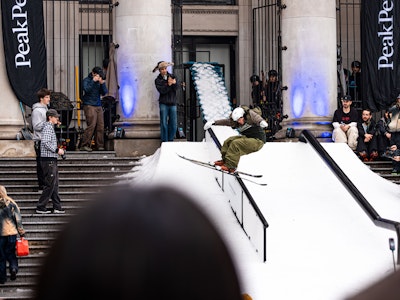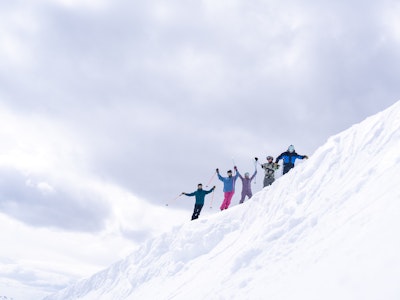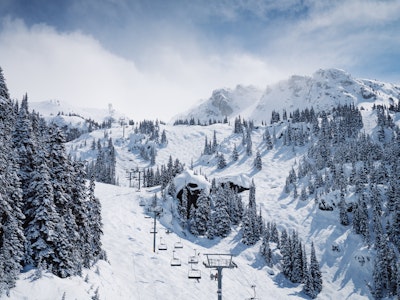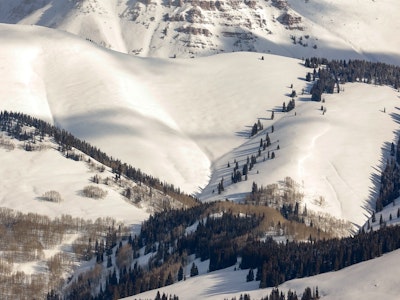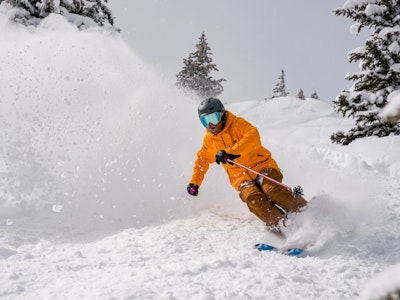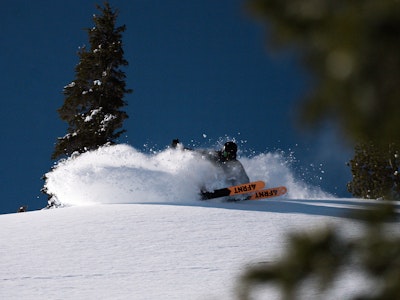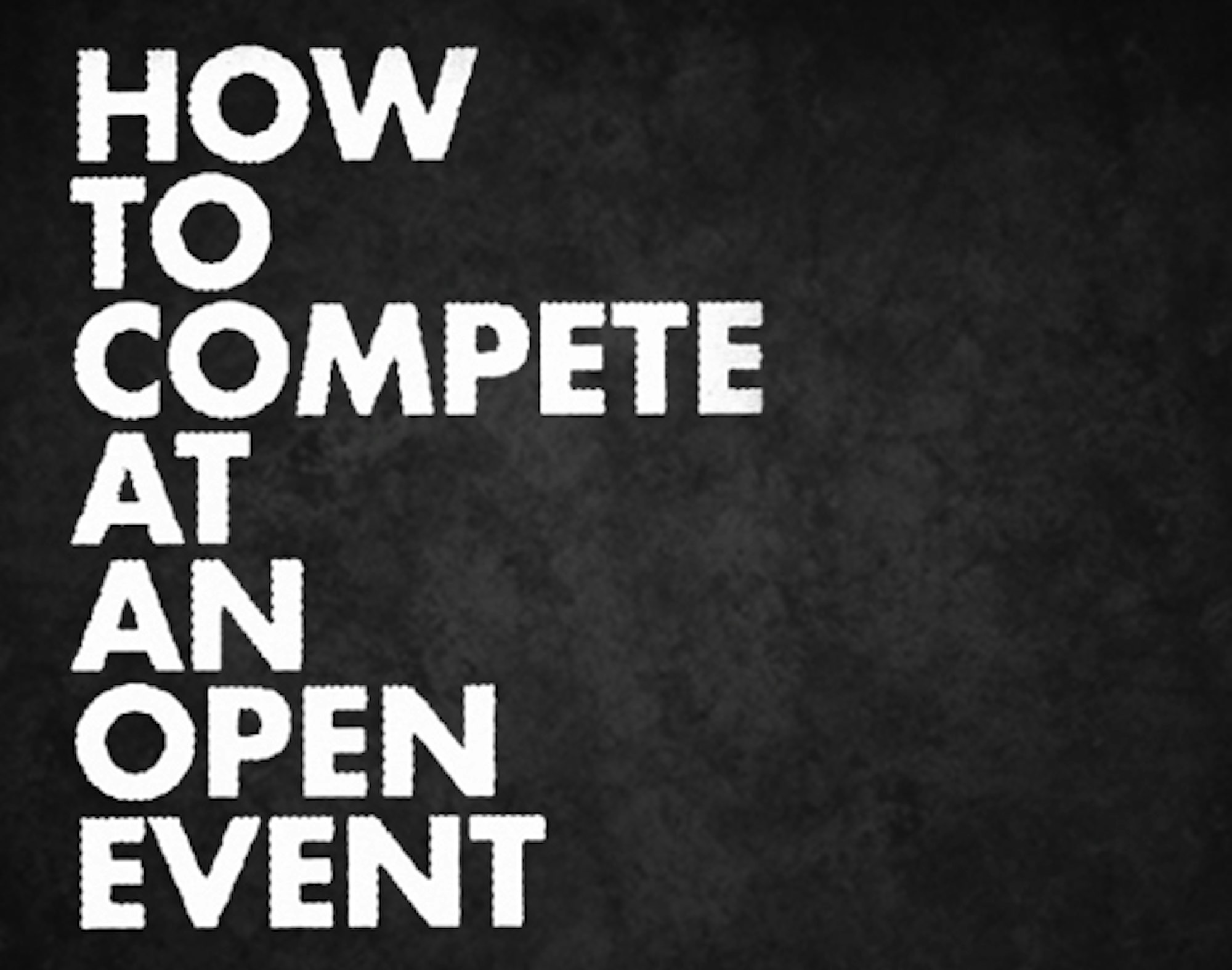For the aspiring freeskier, open events provide a great means of 1) measuring oneself with the competition, and 2) rising to the public spotlight—should you be worthy of the recognition, of course. With freeskiing added to the olympic roster, a surge of skiers competing in open events will undoubtedly materialize in the coming years. Should you be one of those people, pay close attention; we’ve outlined some of the key things you should know about open events.
Why Compete
Whether you’re competing with dreams of fame or simply for the thrill, open events provide equal opportunity for growth within the sport and plain ol’ good times. “Open events are really helpful for up-and-coming skiers,” says Torin Yater-Wallace, Gatorade Free Flow champion turned X Games champion. “I recommend people compete in open events because that’s where it all starts. Most of the high-caliber events nowadays are invite only. By doing an open event, it’s a chance for you to get recognized and to get invited to those bigger events.”
While open events can indeed prove to be a fast track to stardom, there’s more at stake. “Open events provide you a chance to ski against your idols and a chance to be a part of the excitement of competition,” says Nick Goepper, The North Face Park and Pipe Open competitor turned Dew Tour stop winner. “Plus, you get the chance to ski some of the sickest terrain parks in the world with all your friends. Comps are about more than competing to win. It’s the all-around experience, the excitement of the sponsors, the media, the pressure of having to land a run, the camaraderie in the start gate and in the finish corral after you stomp a run.” Whatever proves to be your main motivation, be sure and make the most of your experience. And how do you do that, you ask?
Big-mountain pro Griffin Post notes, “These contests give you unarguable results and street cred to present to sponsors, but more importantly, they’re a means to learn, meet like-minded athletes and become part of a family of skiers with an unbridled enthusiasm for the sport, which, after all, should be motivation enough.” And it’s true, these events are a great place to do some networking and to make some friends. Don’t be shy. A quick introduction could be your ticket to travel or accommodations at your next event. Better yet, that introduction could lead to a lifelong friendship.
At the end of the day, it might be about measuring yourself and achieving rockstar status, but more than anything, it’s about having fun and making memories while you’re at it.
Where To Go
First off, which event is right for you? Are you yearning for slopestyle or halfpipe glory? You might consider The North Face Park and Pipe Open Series, the Aspen Freeskiing Open, the Dumont Cup or one of the many other open events sanctioned by the Association of Freeskiing Professionals (AFP). Big-mountain skiing more your thing? You might explore the Junior Freeride World Tour or the Freeride World Qualifier (FWQ) Tour events.
Sit down with your calendar and pick out a couple of the events that suit you best. Let’s pretend you’re a park and pipe athlete for simplicity’s sake. Are you living in Colorado? The Aspen Freeskiing Open would be an obvious choice. Are you in New Hampshire? You’d certainly want to check out the Dumont Cup. Are you in Europe? There’s always the Polish Freeskiing Open to consider or the Norwegian Open Tour or the Austrian Freeski Open. There’s no shortage of events, so pick a couple that fit your schedule and are relatively close to home.
Registering and Getting There
Once you decide where you want to compete, you’ll need to register before spots fill up. An easy way to register for the park and pipe events is to visit afpworldtour.com, which links to the various contest websites where you can register. For the big-mountain events, stop by freerideworldtour.com.
If you take our advice and opt to compete in an event near where you live, the best bet is to organize a road trip. Ideally, you recruit some friends to compete with you, and you can all pile into the car together. This will alleviate the gas money situation and will make for a much greater adventure in the long run. Need to fly? So be it.
What to do when you get there
Whether you’re dropping into a superpipe or into the Cirque at Kirkwood, there’s one simple rule that any veteran competitor will tell you: Stick to what you know. Don’t huck a trick you’ve never done before or send it off the biggest cliff of your life. Instead of gunning for the win straight off the bat—which certainly can be tempting—use your first run (or your first event) as a means of gauging where you stand in comparison to the rest of the field. This will allow you to explore questions like, “What do I need to do to improve?” Post says, “Most importantly, remember that competition isn’t the end-all determinant of a skier’s prowess.”
After your first big win
If you happen to find yourself at the top of the podium, be warned. You’ll need to spend 10 percent of your winnings at the bar later that night. Not of legal drinking age? A pizza party will likely suffice. The 10 Percent Rule is binding, so don’t try to snake around it.
When the party is over and a new day dawns, try to set aside some of those prize winnings. You’ll need to book some travel and register for your next open event before too long—you’ve got a reputation to uphold.

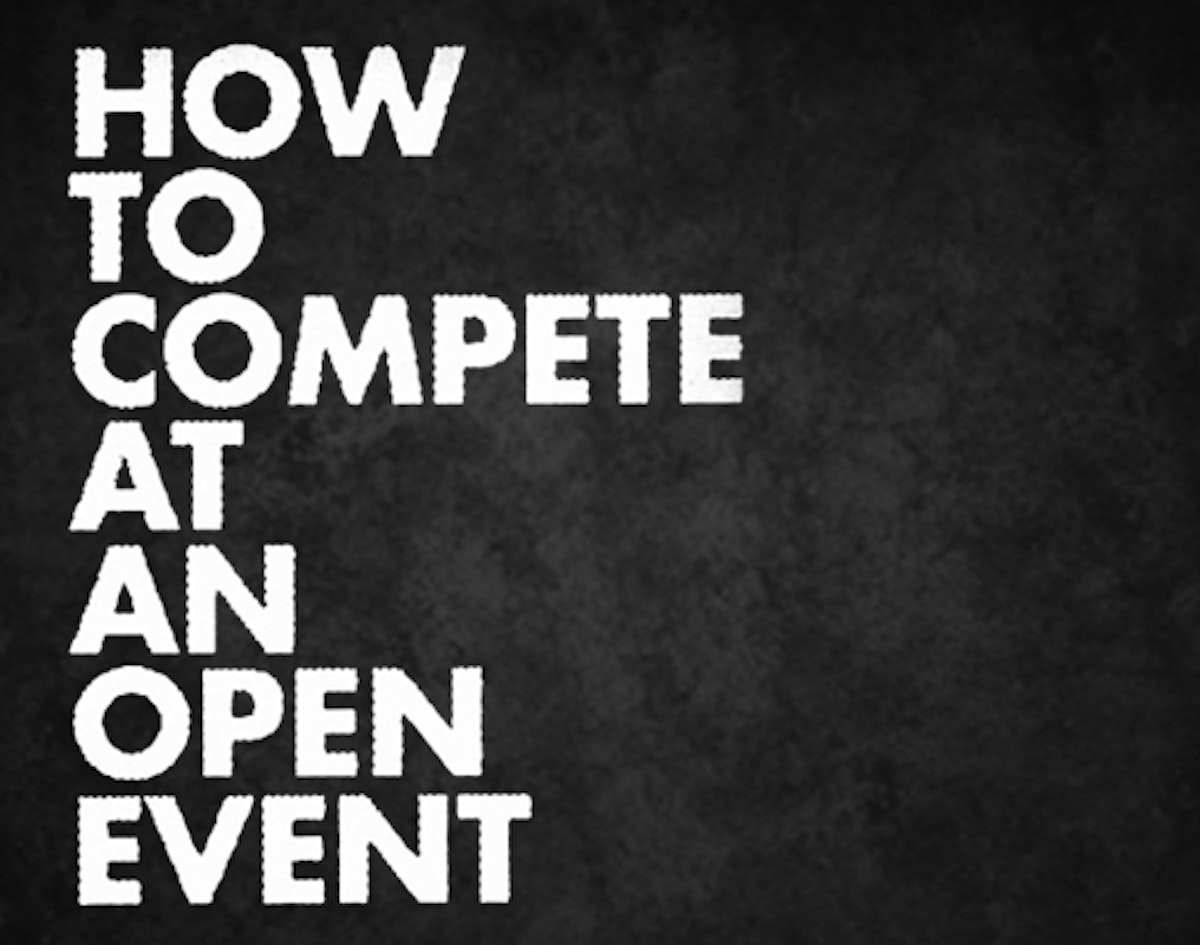
![[GIVEAWAY] Win a Legendary Ski Trip with Icelantic's Road to the Rocks](https://www.datocms-assets.com/163516/1765233064-r2r26_freeskier_leaderboard1.jpg?w=200&h=200&fit=crop)
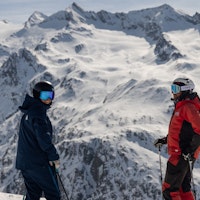
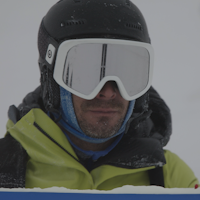
![[GIVEAWAY] Win a YoColorado X Coors Banquet Prize Package](https://www.datocms-assets.com/163516/1764877349-long-live-local-cooler-bag2.jpeg?w=200&h=200&fit=crop)
![[GIVEAWAY] Win a Legendary Ski Trip with Icelantic's Road to the Rocks](https://www.datocms-assets.com/163516/1765233064-r2r26_freeskier_leaderboard1.jpg?auto=format&w=400&h=300&fit=crop&crop=faces,entropy)

